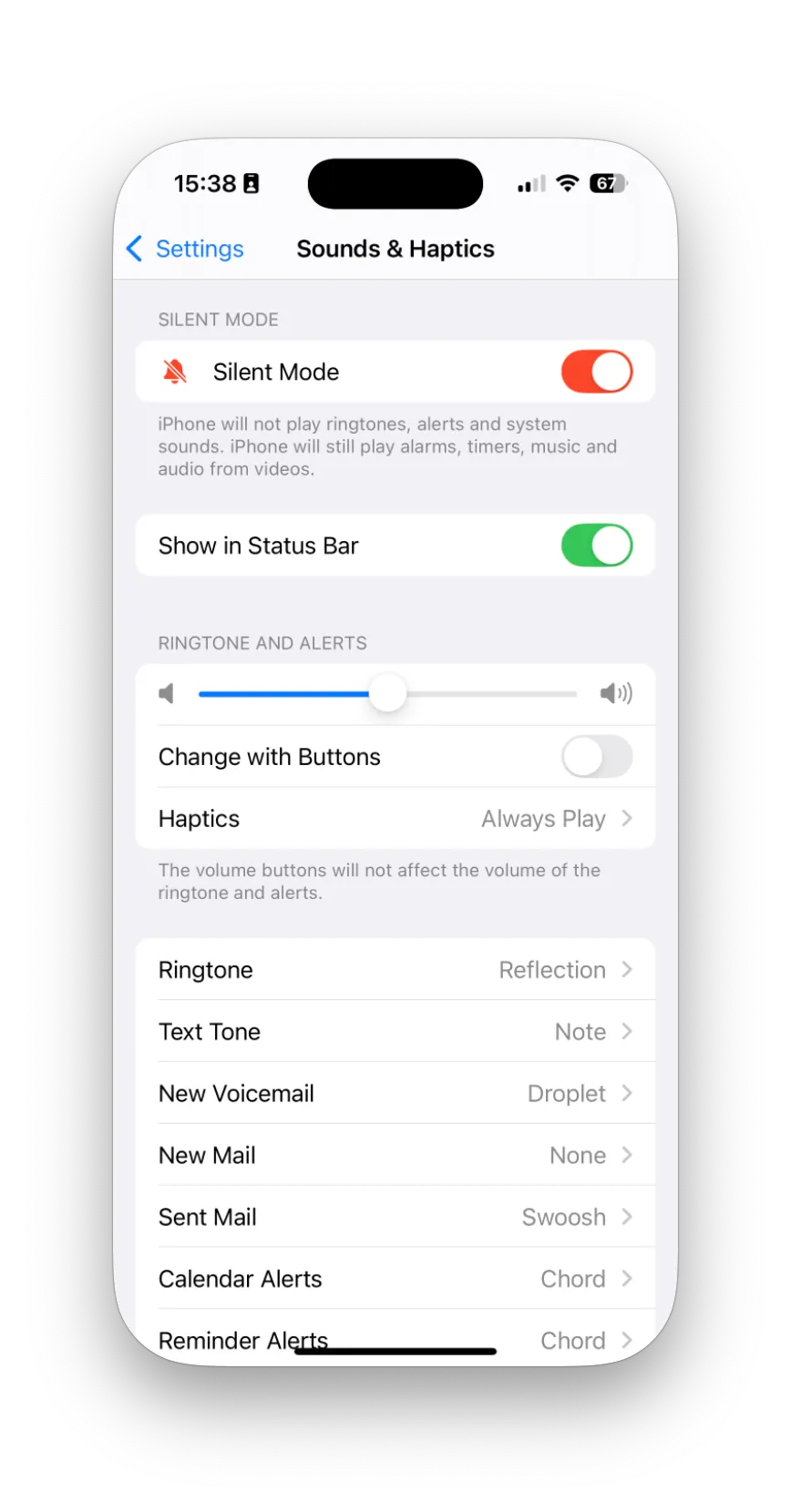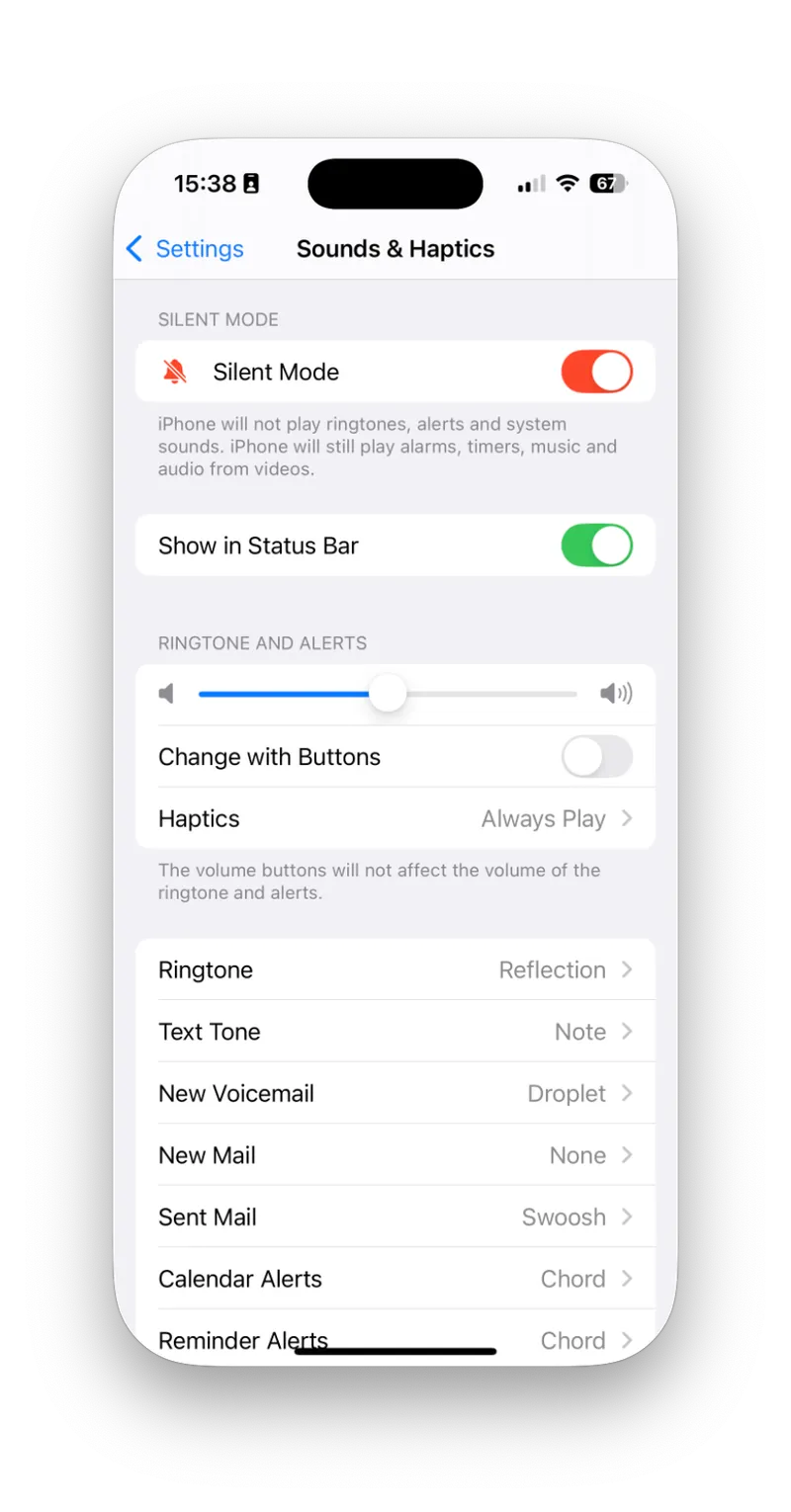Sound provides valuable feedback for many interfaces and actions someone might take in a day. It’s incredibly powerful and can be used to enhance or even manipulate experiences.
Phones of all types make liberal use of sounds if you let them, confirmations of sent email, button tones, dial tones etc. But what about about those users who can’t hear sound? Or someone who doesn’t want to, say in a public space.
The value of sound in UX for personal devices is entirely tied with the attitudes (and ability) of a user to actually hear those sounds.
Silent Feedback
A phone on silent relies entirely on visual and vibration feedback to indicate state to the user, there’s no ringtone, no beep when you press a key – and before smartphones – all you’d really expect to receive feedback for would be incoming messages and calls.
As phones become more complicated and notifications became more prevalant, the sounds they make and vibrations they produce evolved to follow suit.
As these vibrations became more sophisticated they aquired a new name, Haptics. The trailblazer for haptic feedback, and probably popularising the term was the Apple Taptic Engine which was billed as a one of a kind feedback motor, which coulc supply shorter and more precise bursts of vibration feedback than had been felt before.
Users were able to set different sound and haptic patterns for each contact in their phone book for example, and then in turn for the app specifically, enabling messages from sports score updates for example to feel different from messages from friends.
Haptics were also introduced into apps. For example, if there was a noise to signifiy that an email had been successfully sent. Recently Threads has introduced haptic feedback when you pull to refresh the feed. This is synced up with an animation in the interface which creates a very satisfying experience.

Better Together
I’m going to focus on iOS devices as that’s what I know best, but iPhones are using sounds and haptics together to great effect.
This means that if you can’t or don’t want to hear teh audio feedback from a modern phone, it’s already compensated for by the haptic feedback that your phone provides.
Footnotes
-
In the early days of dumbphones, Silent and Vibrate were two seperate settings, silent didn’t vibrate. Over the years those settings merged and eventually Silent meant no sound, but haptics. ↩
